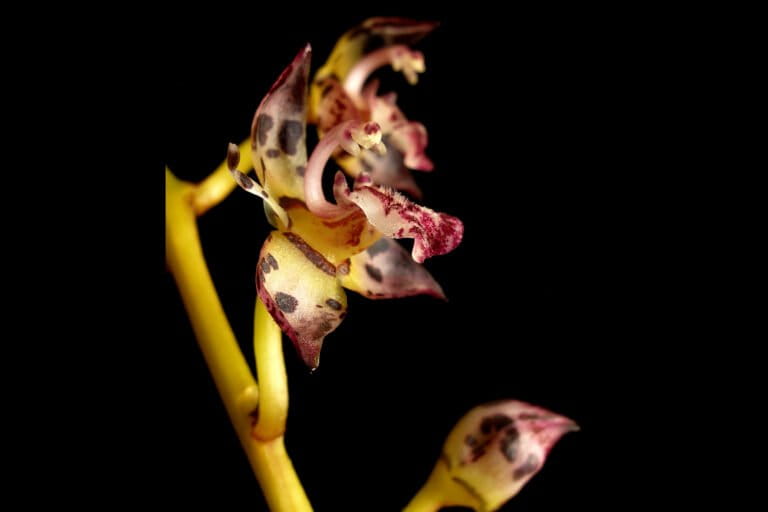This week’s environment and conservation news stories rolled into one.
[Explainer] What is SF₆? Why should we be monitoring it?
Sulphur hexafluoride or SF₆ is the strongest known greenhouse gas with an atmospheric lifetime of 3,200 years.
Venomous snakebites, an occupational hazard for women tea workers
Each year, especially in summer, Assam’s tea plantations witness numerous incidents of venomous snakebites and snakebite-related deaths.

Bees that see at night
Nocturnality has evolved in bees multiple times and is believed to be due to certain pressures ranging from predation, competition and resource utilisation.
LPG subsidy can increase uptake, but interventions needed to counter myths and improve access
A study finds that LPG usage remains uneven despite the success of the PMUY scheme.

Green pilgrimage model balances faith and conservation
A new green pilgrimage model proposes ways to balance faith and conservation to
minimise the ecological impacts of religious tourism.
The balance between expanding renewable projects and feeding India’s population
Over 74% of solar development in India was built on landcover types that have natural ecosystem preservation, or agricultural value.
Loss of orchid species in Bangladesh is “alarming,” say researchers
Bangladesh has lost 32 orchid species from nature in the last hundred years out of 188 once-available species.





